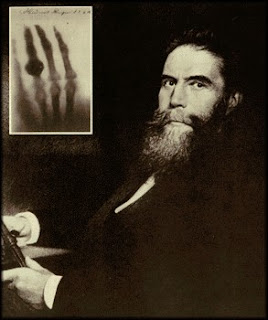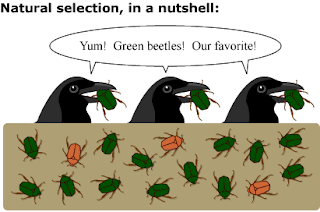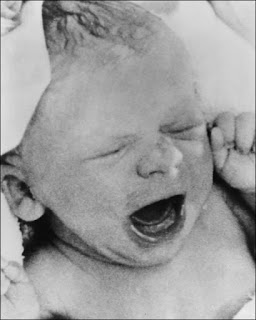Bio solids are safe to be spread on farms and forests?

Bio solids contain concentration of most heavy metals as well as some pathogens and toxic organics that flushed and dumped down residential and industrial drains. Bio solid is what is left behind after water is cleaned in waste treatment works. It is high in organic content and plant nutrients and in theory makes a good fertilizer. the question is, are the bio solids are safe to be spread on the farms?

The application of sewage sludge to land, especially on agricultural lands has been contentious since the late 1980s, when national and international clean water regulations prohibiting the ocean dumping of sludge were first enacted. Advocated enthuse about the natural ability of sludge, like soil, to immobilize potentially toxic metals and they point to cleaner water as well as higher crop yields for farms that use the material.
In Asia, using human waste as fertilizer is nothing new. The Asian culture have done it for like centuries. Farmers in Northeast Minnesota are using a fertilizer rich in phosphorus, nitrogen and organ (human waste) matter that can boost crop yields by 80 percent. Many farmers who owns thousand or millions acres of land use bio solid as fertilizer for their plants. However, the problem is that those cheap fertilizers is made of treated human waste, which opponents say is environmentally unsafe and unhealthy for animal and other people.

Federal records obtained by the National Post show almost 20% of fertilizers and composts made from human sewage and other matter, and used widely throughout the country on lawns and gardens, are in violation of federal limits for microbial contamination. Federal records also point that these fertilizers are sold across the country. the study, published by the International Water Management Institute (IWMI), says that 10% of the population, mostly developing nations, eat grains and vegetables harvested from fields irrigated and fertilized with raw sewage.
 in Vancouver, health officials are being urged to stop using human waste as fertilizers because of cancer-causing toxins getting into the food.
in Vancouver, health officials are being urged to stop using human waste as fertilizers because of cancer-causing toxins getting into the food. Fecal coliforms and salmonella are considered "indicator" species because they are such hardy microbes. if they survive sewage treatment and composting processes, so might more serious pathogens.
A search of the National Library of Medicine's comprehensive Medline database revealed no scientific article claiming that sewage sludge had caused disease. conceivably, that negative result could result from inadequate research, but given the long history of concern, "if it was causing a problem, it would make itself apparent, and it has not," says Sarah Clark Stuart, a member of the NRC committee and a program officer at the Pew Charitable Trusts in Philadelphia, Pennsylvania.
Pros:
-it is a cost effective method of disposal
-reduces emissions from transportation to landfills
-good free fertilizers
Cons:
- potential health hazard
-contamination resulting from accumulation of industrial waste
-may contain hazardous chemicals
-not sufficiently regulated
-odor
Sewage sludge as a fertilizer is disgusting to think and might as well not to eat any vegetables anymore after reading this blog. but think of it, some of the farmers use sewage sludge because it saves them money and they think that sewage sludge is organic and good for the plants. also, i dont think that sewage sludge as fertilizer is unsanitary and disgusting nuisance in fact i think it is good because those sewage sludge are nowhere to go. for me, id rather put the sewage sludge as fertilizer since they say that it is good than throw it to the ocean.
Web source:
http://ehp.niehs.nih.gov/qa/105-1focus/focusbeauty.html
http://www.google.ca/imgres?imgurl=http://blog.oregonlive.com/news_impact/2008/10/biosolidone20.jpg&imgrefurl=http://www.oregonlive.com/money/index.ssf/2008/10/oregon_farmers_are_loving_bios.html&usg=__E4OT15sl7wTSA7Z7yQ1UED08G7Y=&h=635&w=1024&sz=409&hl=en&start=14&itbs=1&tbnid=8d8diXD2Jiu7iM:&tbnh=93&tbnw=150&prev=/images%3Fq%3Dhuman%2Bwaste%2Bas%2Bfertilizers%26hl%3Den%26safe%3Dactive%26gbv%3D2%26tbs%3Disch:1
http://www.safe2use.com/ca-ipm/02-05-21c.htm
http://www.greatlakesdirectory.org/mn/101203_great_lakes.htm
http://boingboing.net/2008/08/27/human-waste-as-ferti.html
http://www.sencer.net/Outreach/pdfs/DCSymposium08/Posters/LUbiosolids.pdf
Photo source:
http://www.epa.gov/region6/water/npdes/images/biosolids1.jpg
http://huey.colorado.edu/77DegreesSouth/environment/08_HumanWaste.jpg
http://blog.oregonlive.com/news_impact/2008/10/biosolidone20.jpg
http://www.novaquatis.eawag.ch/arbeitspakete/nova6/contentpics/pic3
http://www.cartoonstock.com/newscartoons/cartoonists/rma/lowres/rman9309l.jpg













